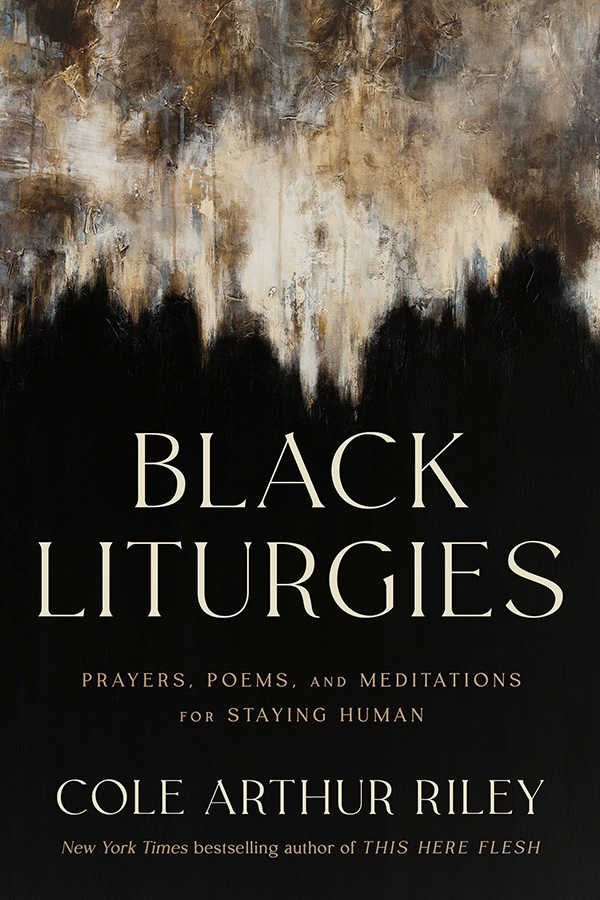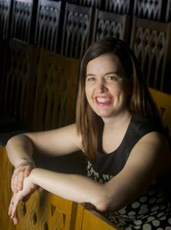My friend had just read my recent post on St. Wenceslaus. He liked it, he said, he just couldn’t figure out what it had to do with leadership. “I mean, it helps to remember that Matthew 25 is there, but other than that, what’s it tell me?”
This is exactly the sort of question we want to encourage here at “Call & Response.” My first answer was not to blame me. The Catholic liturgy of the hours has guided monastic communities in prayer for millennia. If its hagiography doesn’t suit us, so much the worse for us.
But that’s not sufficient. Leadership is not magic. It’s not a trait like blue eyes or brown hair that one is either born with or isn’t. My friend is a significant church leader, who like most of us is making it up as he goes along. He wants help; “Faith & Leadership” is dedicated to helping him, surely we have something more to offer.
Thankfully for me, we recently had another monarch’s feast day, one St. Elizabeth of Hungary. And the breviary’s description of her holy life may be more helpful for our purposes. Many of the same Matthew 25 themes are sounded about the 13th century queen: She gave generously to the poor, asked for the chance to beg for alms herself and gave away all her possessions at her death, except a threadbare dress to be buried in. Good story, but not so practical for us yet.
And then this: “She ordered that one of her castles should be converted into a hospital in which she gathered many of the weak and feeble.” She converted (note the verb) a place of military defense into a place of healing. That’s institution-building: A claim is being made that we need more than one-off acts of charity, important though those are. We also need institutions that regularize the offering of that charity and sustain it through time past our own deaths.
After her husband’s death St. Elizabeth really got busy. She moved to another city besides that of her seat of power and founded a hospice, “Where she gathered together the weak and the feeble. There she attended the most wretched and contemptible at her own table.” Once again she founded a place that would be a refuge, a haven, in this case for dying people. Again it was not enough to attend to a single dying person or even a lot of dying people. She founded an institution to offer care in a single place that could grow a reputation, become known among the poor as a good place to die and stand as a light to the rest of the church, to encourage her to good works. Not only that, but she cared for “the most wretched and contemptible” herself. The language here is more brusque and forthright than what we are accustomed to. But the point is still helpful: Within the institution she founded she did frontline work. She cared with her own hands, as teachers must teach even if they are primarily administrators; physicians must offer care even if they are mostly in desk jobs, and judicatory leaders must preach and offer ministry even as they run a diocese. Otherwise we forget why we got in this work, why the institution exists and what those who work under us do.
On Good Friday one year, after the stripping of the altars, “she laid her hands on the altar in a chapel in her own town, where she had established the Friars Minor, and . . .” made some other offering of herself to the poor. Notice the phrase in passing: she provided for the establishment of a community of Franciscans. That is, she not only gave them permission to preach and teach and help the poor, she provided what they needed to do so. She did what leaders do: make space, spiritually and materially and institutionally, for ministry.
Much of the hagiography here is quite stylized. Elizabeth constantly “gave of herself” for the poor. But notice the parallel between that motion, of giving herself away, and the founding and sustaining of institutions. It is a good thing, surely, to give money or food or shelter individually. It is a better thing, a queenly thing, a saintly thing even, to found and sustain institutions to provide that care at a vaster scale in time and space. Those who lead such institutions, then and now, do the work of holy women and men. And they carry on a venerable legacy in the church.
There now, does that help a little bit more?
Jason Byassee is an executive director of Leadership Education at Duke Divinity.













